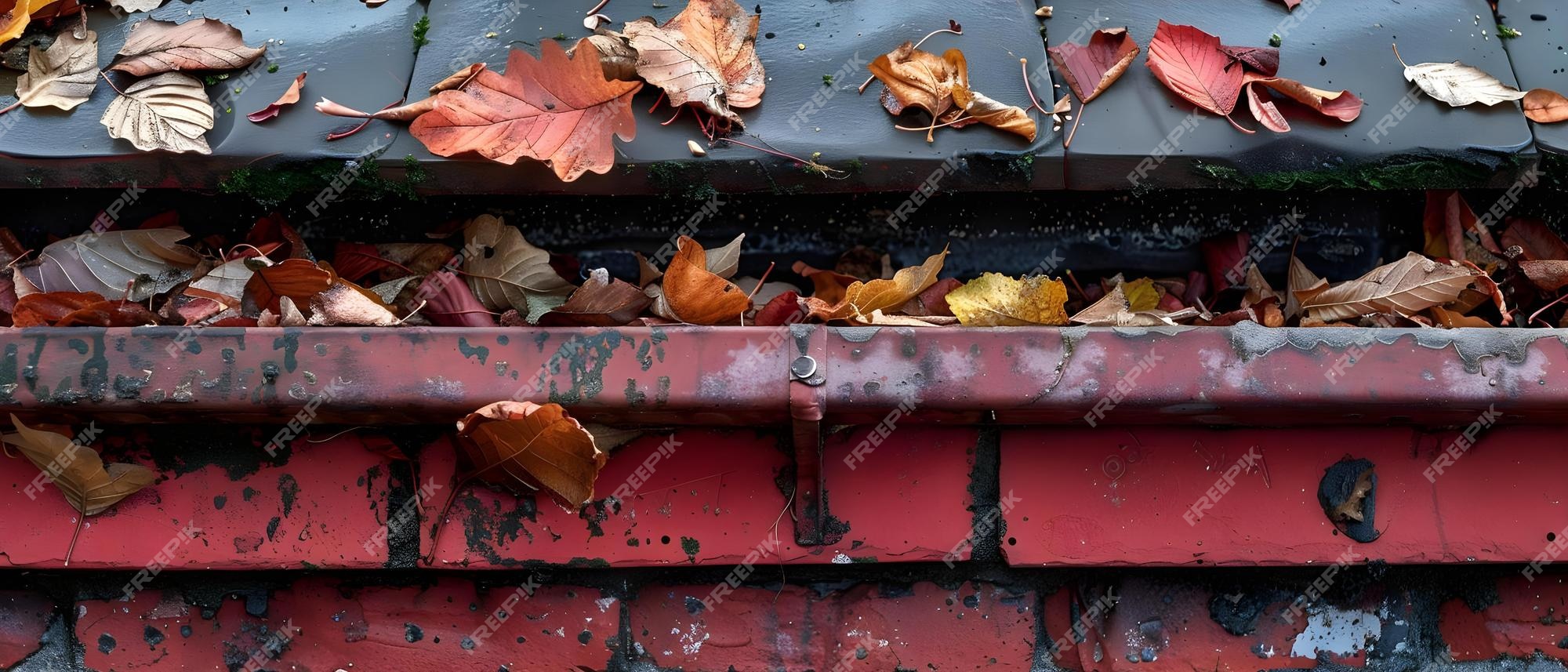
Roof drainage plays a crucial role in protecting your home from water damage, especially in areas like the Twin Cities, where heavy rain and snow are common. Poor drainage can lead to significant issues, from leaks to structural damage. Understanding the signs of drainage problems and addressing them promptly ensures the longevity of your roof and the safety of your home.
This article explores common indicators of roof drainage issues, their causes, and effective solutions to keep your home secure.
1. Why Roof Drainage Matters
Roof drainage systems, including gutters, downspouts, and roof slopes, are designed to direct water away from your home. Without proper drainage, water can accumulate on your roof or around your foundation, leading to:
- Leaks and Water Damage: Standing water can seep through roofing materials, causing interior damage.
- Structural Stress: Excess water adds weight to your roof, potentially damaging its structural integrity.
- Foundation Problems: Improper drainage can lead to water pooling around your home’s foundation, causing cracks and instability.
- Mold and Mildew Growth: Moisture buildup encourages the growth of mold, which can harm your home’s air quality and integrity.
2. Common Signs of Roof Drainage Issues
Recognizing the warning signs of drainage problems early can save you from costly repairs. Here are the most common indicators:
1. Pooling Water on the Roof
Flat or low-slope roofs are particularly prone to water pooling. If you notice puddles on your roof that don’t drain within 48 hours, it’s a clear sign of an issue.
2. Overflowing Gutters
Gutters that overflow during heavy rain indicate blockages or an undersized system. Overflowing water can damage siding, fascia, and landscaping.
3. Water Stains on Ceilings or Walls
Interior water stains often result from leaks caused by poor roof drainage. These stains may appear as discoloration, peeling paint, or damp spots.
4. Sagging Gutters
Gutters that sag or pull away from the roofline are typically weighed down by debris or standing water, reducing their effectiveness.
5. Foundation Cracks
Visible cracks in your home’s foundation may result from water pooling around the base due to inadequate roof drainage.
6. Ice Dams in Winter
Ice dams form when water from melted snow refreezes at the roof’s edge, blocking further drainage and potentially causing leaks.
3. Causes of Roof Drainage Problems
Several factors can contribute to drainage issues. Understanding these causes can help homeowners take preventative measures.
1. Clogged Gutters
Leaves, twigs, and debris can block gutters and downspouts, preventing water from flowing freely.
2. Improper Roof Slope
A roof with insufficient pitch may not channel water effectively, leading to pooling.
3. Damaged or Missing Components
Cracked flashing, missing shingles, or broken gutters compromise the roof’s ability to direct water away.
4. Poor Installation
Improperly installed roofing systems or drainage components can cause long-term problems, including leaks and water retention.
5. Harsh Weather Conditions
Heavy snow, ice, and rain can overwhelm drainage systems, particularly if they’re not well-maintained.
4. Solutions for Roof Drainage Issues
Addressing drainage problems promptly can prevent more extensive damage and costly repairs. Here are some effective solutions:
1. Regular Gutter Maintenance
Keeping gutters clean and functional is the first line of defense against drainage issues.
- How to Clean Gutters: Remove debris using gloves, a scoop, or a gutter-cleaning tool.
- Frequency: Clean gutters at least twice a year, ideally in spring and fall.
- Install Gutter Guards: These prevent debris from entering the gutter system, reducing maintenance needs.
2. Repair or Replace Damaged Components
Inspect your roof and drainage system regularly for damage and address issues promptly.
- Replace missing shingles and repair cracked flashing.
- Reattach sagging gutters or replace severely damaged sections.
3. Improve Roof Pitch
For flat or low-slope roofs, consider re-pitching to ensure proper water flow. This may involve adding tapered insulation or consulting a professional roofer for structural adjustments.
4. Add Downspout Extensions
Direct water away from your foundation by adding extensions to your downspouts. Aim for at least six feet of distance from the base of your home.
5. Install a Drip Edge
A drip edge directs water away from the fascia and into the gutter, reducing the risk of water damage to the roof’s edge.
6. Prevent Ice Dams
- Improve Attic Insulation: Proper insulation reduces heat escape, preventing snowmelt and refreezing on the roof.
- Ensure Ventilation: Adequate attic ventilation helps maintain a consistent roof temperature.
- Use Heat Cables: Install heat cables along roof edges to melt snow and prevent ice dams.
7. Professional Roof Inspection
Engage a roofing expert, like Twin Cities Best Choice Roofing, to assess your drainage system and recommend solutions tailored to your home’s needs.
5. Preventative Measures for Long-Term Drainage Health
Taking proactive steps can minimize the risk of future drainage problems:
1. Schedule Regular Inspections
Have your roof and drainage system inspected annually and after major storms to identify and address issues early.
2. Trim Overhanging Branches
Prevent leaves and debris from clogging gutters by trimming trees near your roofline.
3. Install Seamless Gutters
Seamless gutters are less prone to leaks and clogs, offering a more efficient drainage solution.
4. Monitor Landscaping
Ensure that the ground slopes away from your home’s foundation to prevent water pooling.
5. Upgrade Drainage Systems
For older homes, upgrading to modern drainage solutions can improve efficiency and protect your property.
Conclusion
Roof drainage issues, if left unaddressed, can lead to significant damage and costly repairs. Recognizing the signs of poor drainage and taking proactive steps to maintain your roof and gutters ensures your home remains safe and secure. For homeowners in the Twin Cities, where heavy precipitation is common, proper drainage is essential to protect your investment.
Partnering with a trusted roofing expert like Best Choice Roofing Twin Cities provides peace of mind. Their team can help identify drainage issues, recommend tailored solutions, and ensure your roof is prepared to handle the elements for years to come.
